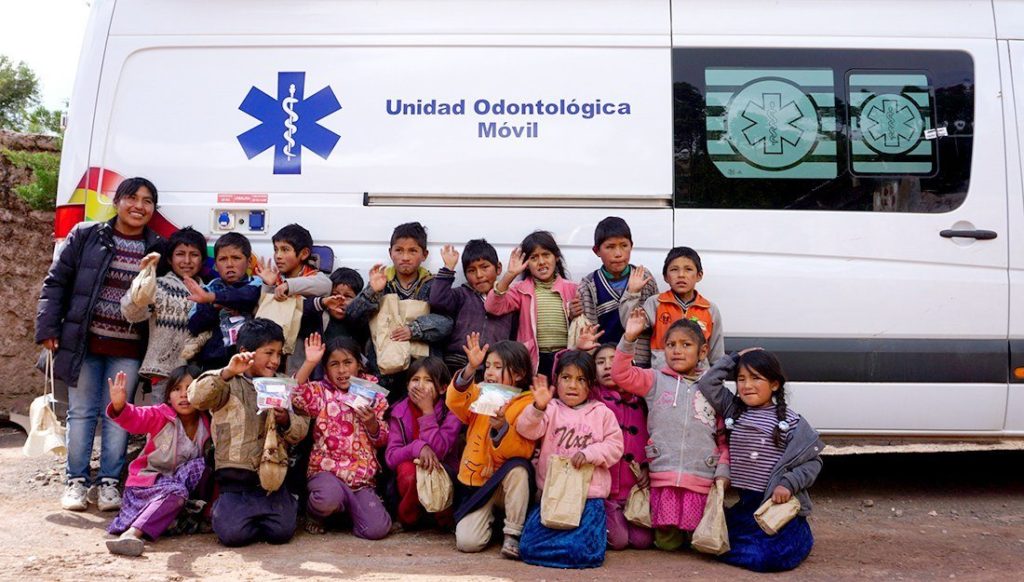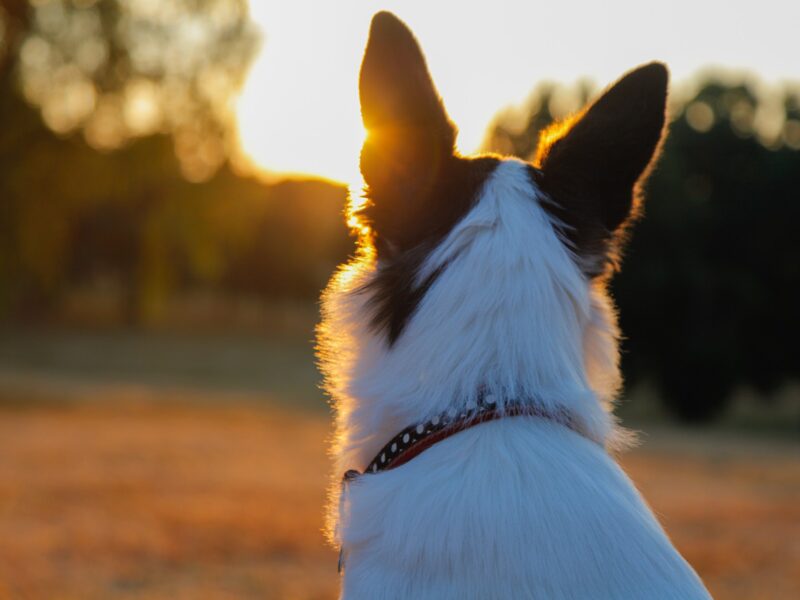The paradox of life is the more you give, the more you receive. An interprofessional health care team of faculty and students from the Texas A&M colleges of dentistry, medicine, nursing and pharmacy learned this first-hand in May through a medical mission trip to Bolivia. The team staffed a clinic to assess, diagnose and treat patients living in and around the remote Andean village of Quesimpuco.
“The clinic was built by Servants in Faith and Technology (SIFAT) and has been there for more than 20 years,” said Whitney Landman, MSN, RN, lecturer at Texas A&M College of Nursing. “Groups of health care providers from various organizations volunteer to travel to Quesimpuco to staff the clinic or help with other projects that can improve the health or living conditions of the people in the area.”
The Aggies’ 22-hour trip from College Station to Quesimpuco by car, plane and the roller coaster ride through twisting dirt and rock roads in four-wheel drive SUVs, was perhaps the easiest part of the journey that brought Aggie health care providers together with the Quechua people who would become their patients.
“Walking is the only option for the Quechua. The majority of the patients we treated traveled a fair distance in sandals, walking up and down steep trails, carved into rugged mountainsides,” Landman said. “One family walked for four hours to get to the clinic, and then after being treated, they had a four-hour trek back home.”
The Quechua are an indigenous, impoverished people with many needs, but few wants. With limited access to clean drinking water, no influx of imported goods, no products to export and modest success in farming, their overall nutrition is poor, which leads to many health issues. Additionally, the rugged terrain and extreme summer and winter temperatures take their toll.
Texas A&M Named ‘College Of The Year 2016’ By Gulf Coast Regional Blood Center
“Even though many of the patients we met struggled with health issues and access to nutritious food, they were welcoming, content and very gracious people,” Landman said. “It was humbling; it helped me appreciate what I have: clean water with the turn of a knob, virtually any kind of fresh food that I want to buy or have prepared for me, indoor plumbing. The experience put a lot of priorities in perspective in terms of daily living.”
With help from Bree Watzak, PharmD, BCPS, the team leader and a clinical professor in the College of Pharmacy, Landman and her colleagues met several times to pack all of the supplies, medicine and medical/dental equipment that they thought they might need to perform health assessments and treat a wide variety of illnesses, ailments and injuries.
“We knew that the majority of patients would need treatment for parasites, musculoskeletal disorders or a variety of dental issues,” said Landman. “We were able to anticipate what might be required to run the clinic based on this knowledge.”
###
Continue reading this story by Diane L. Oswald on Vital Record.






